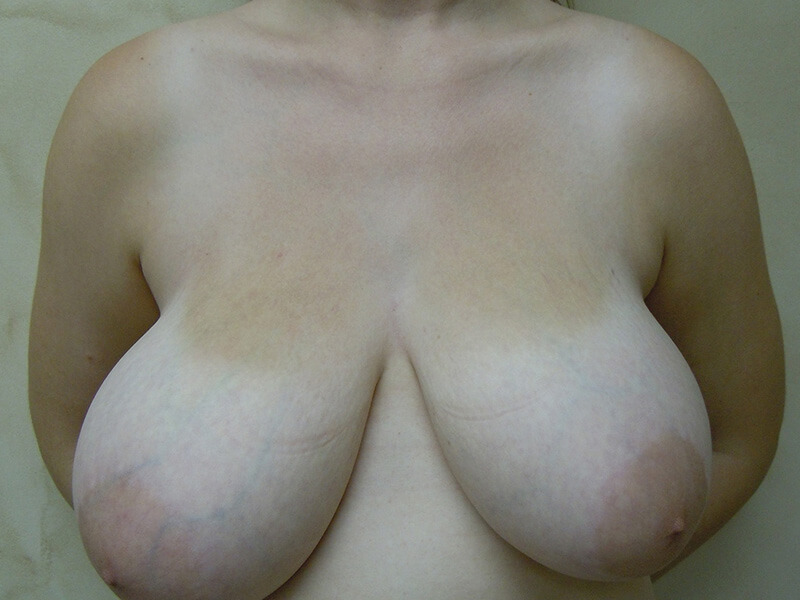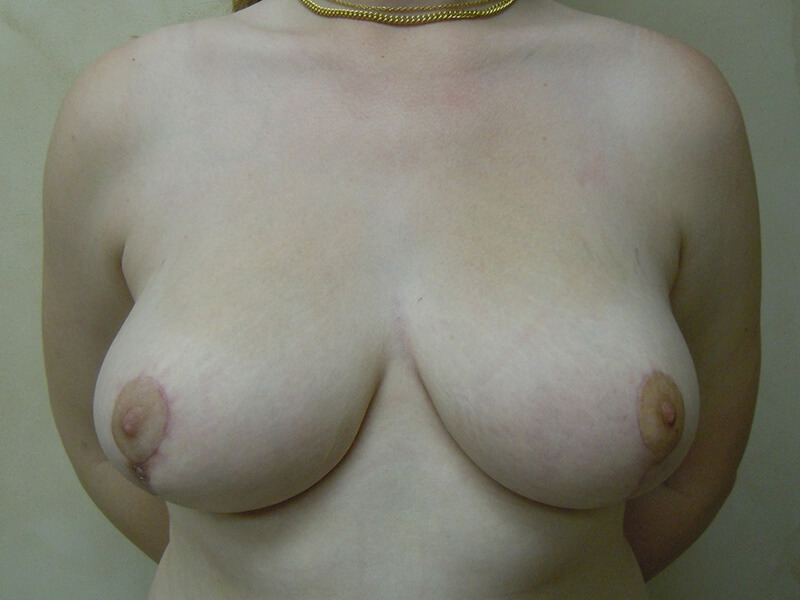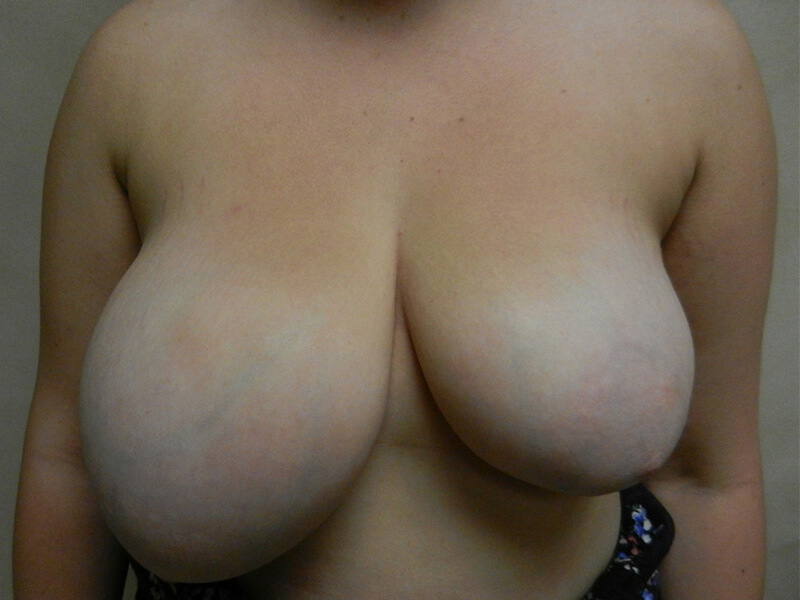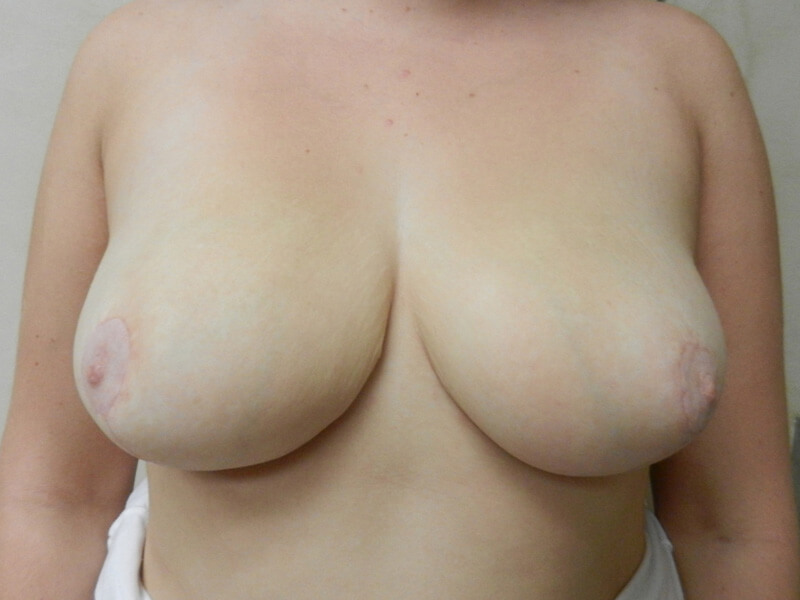
Recovery
Breast reduction is an outpatient procedure that typically takes between two and four hours to complete. You are required to have a driver present who can get you home and stay with you for the first night. You will experience bruising and swelling in the breast area. A compression garment will be wrapped around your breasts to aid in the healing process while reducing swelling and increasing blood circulation. Most women feel up to returning to work after seven to 10 days, but all strenuous exercises and activity should be limited for six weeks.Scars
Scarring will result at the incision sites. You will have scarring around the dark part of the areola, a vertical scar between the areola and the breast crease, and a horizontal scar along the breast crease. All scarring will fade with time.Cost
You will be given a cost estimate for your reduction during your consultation. The cost of your breast reduction will depend on the techniques used as well as factors like anesthesia costs, surgical fees, and facility fees. If you choose to combine your procedure with liposuction or any other surgery, the additional procedure will be factored into the cost.Pain
Breast reduction is performed under general anesthesia to prevent any pain during the surgery. Afterward, you may experience discomfort and tenderness of the breasts. Oral pain medication is prescribed to alleviate any of this discomfort."I wish I had known how much better I would feel
– by Happy Patient




Am I a candidate for breast reduction?
Candidates for breast reduction should be at least 16 years old and have fully developed breasts. Women often consider breast reduction when they are tired of the physical and psychological symptoms associated with overly large, cumbersome breasts. Ideal candidates are in good mental and physical health, willing to quit smoking before and after the procedure, and have realistic expectations of their results.
What are the potential side effects of breast reduction?
Breast reduction is a safe surgical procedure that involves minimal risks and complications. While rare, potential side effects can include:
- Anesthesia risks
- Infection
- Bleeding
- Changes in nipple or skin sensation
- Swelling
- Breast asymmetry
Can my nipples be repositioned or resized during this procedure?
Yes. Many women who desire breast reduction find that their nipple-areola complex points downward because of the weight of their breasts. The incisions made by Dr. Boll allow for the nipples to be repositioned higher on the breast. The areola is also typically reduced as a part of this procedure.
Are my results permanent?
The results of your breast reduction can be long lasting if they are paired with a healthy lifestyle. Additional weight gain or pregnancy may affect the quality of your results. Aging will also continue to affect you and your breasts.
If I get pregnant after my breast reduction, can I still breastfeed?
The ability to breastfeed after breast reduction is a case-by-case situation. If the nipples remain intact during the procedure, you may be able to produce milk. If you think that future pregnancies are possible and wish to breastfeed, let Dr. Boll know this during your consultation so that she can use techniques that can preserve the milk ducts. It is important to remember that not every woman can breastfeed, whether she’s had breast reduction surgery or not.

